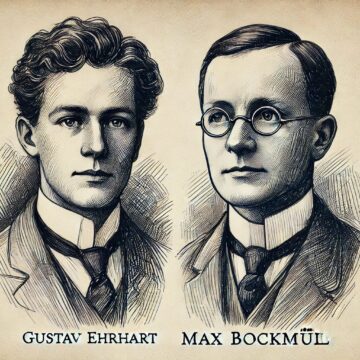During the late 1930s, Gustav Ehrhart and Max Bockmühl, both research chemists working at IG Farben’s Hoechst laboratories, successfully synthesized a novel compound later known as methadone. Although initially developed to mitigate Germany’s reliance on imported opiates, methadone’s significance would transcend its wartime origins, ultimately emerging as a crucial medication in modern pain management and opioid dependence treatment. Despite the obscurity of their personal histories, Ehrhart and Bockmühl’s pioneering achievement demonstrates how scientific discovery can evolve far beyond the political and historical circumstances of its inception, offering vital therapeutic benefits to countless patients worldwide.
Category: History
The Reluctant Genius: How Pope Julius II Had to Chase Down Michelangelo to Finish the Sistine Chapel
The Sistine Chapel ceiling is one of the greatest artistic achievements in history, a masterpiece that has inspired countless generations. Yet behind its beauty lies a dramatic story of artistic reluctance, papal persistence, and sheer determination. At the heart of this tale are two formidable figures: Michelangelo Buonarroti, the master sculptor turned reluctant painter, and Pope Julius II, the powerful and often impatient pontiff who refused to take "no" for an answer.
Where the Internet Came From: Why You’re Able to Read This Article
30 years ago, the heart of the WWW had a pressing need: a standard way to create and format documents. To address this, Berners-Lee introduced HTML (HyperText Markup Language). While the idea of "hypertext" had been explored previously by visionaries like Ted Nelson, it was Berners-Lee's practical application that set the stage for a global information revolution.


